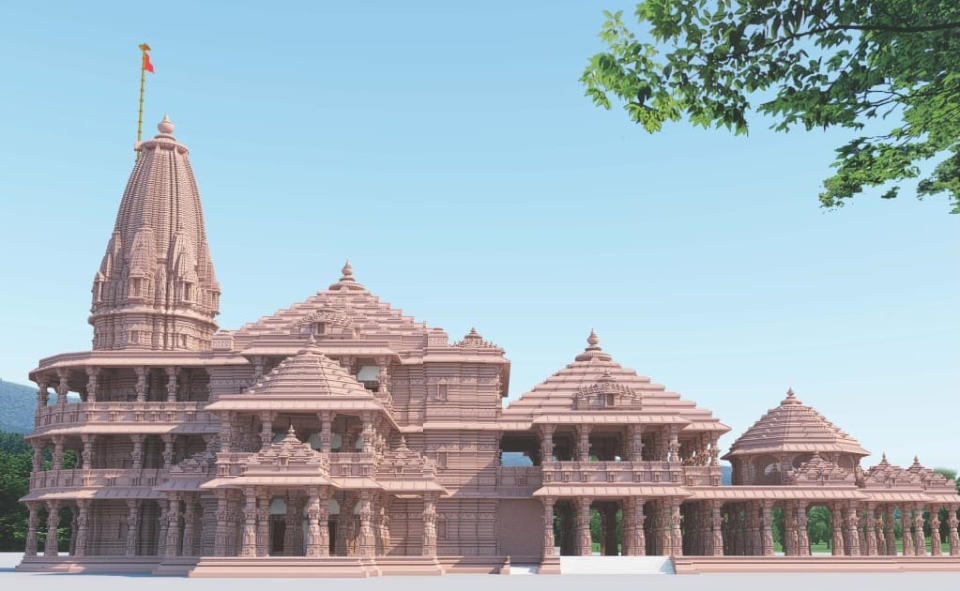


The Ram Janmabhoomi Teerth Kshetra Trust should be commended for sending the first invitation to the Ram temple shilanyas ceremony by Prime Minister Narendra Modi to Iqbal Ansari, one of the main litigants in the Ayodhya case. It is a magnanimous gesture and a fitting tribute to what Lord Ram stands for—the Supreme Being, who is not just about Sanatan Dharma, but is above and beyond religion. He is an ideal that human beings aspire for. He is at the core of what is known as the Indic civilization, and is an intrinsic part of lives cutting across barriers of language, caste, creed and even international boundaries. It will be wrong to say, as the so-called left-liberal section claims, that Lord Ram is a North Indian phenomenon, with his influence not extending south of the Vindhyas, or even to the east in places like Bengal. This is ironic, considering several versions of the Ramayana have existed in different southern languages and the word “Ram” is among the most commonly used in South Indian names, including place names. As for Bengal, not too long ago, a Nobel Laureate had proudly claimed that Ram did not have any place in Bengali culture as this eastern part of the country worshipped the Mother Goddess. It was an uneducated claim, and coming from a Nobel Laureate, sad. After all, the biggest festival in the east, Durga Puja has its roots in the belief that it was started by Lord Ram in autumn, the reason why it coincides with Ram Navami celebrated in the rest of the country. In fact, almost all the languages of this country have had Ramayana handed down from generation to generation, sometimes as an oral tradition or as written in their respective tongues over the centuries. In fact, Ramayana is not just an epic, it is one of the finest examples of what is known as “racial memory” or “genetic memory”. What else will explain the spread of Lord Ram’s legend in South East Asia and beyond? Some of these countries are now Islamic but have proudly made the Prince/King of Ayodhya their own.
Even in Buddhist Sri Lanka, the isle of Ravan, whom Lord Ram vanquished, till date there is a much revered and visited Seetha Amman temple in Nuwara Eliya, where legend has it, Ravan had held Sita captive. All this is proof, if proof was needed that Lord Ram is about inclusion. He is a cultural and civilizational phenomenon. Hence, it is good that voices rising from the fringe of the majority community about barring the minority community from the shilanyas have been ignored. In fact, the temple trust has shown tremendous sagacity by inviting Iqbal Ansari, who too has risen to the occasion by saying “I believe it was Lord Ram’s wish that I receive the first invitation. I accept it.” The invite is a gesture of peace and amity to the minority community, aimed at ameliorating their hurt. It is hoped that laying the foundation stone of the Ram temple on Wednesday will be a major step towards upholding communal amity in the country as this single piece of stone will correct centuries of wrong done to the majority community, who were not allowed access to the birthplace of their most revered Lord—a discrimination unheard of in any other major world religion. Wednesday’s shilanyas marks the beginning of the end of the feeling of victimhood among the majority community, and will go a long way in removing a certain distrust that has crept into inter-community relations. It is also important to find a solution to the two other sites of Mathura and Kashi, as the trinity of Ayodhya, Mathura and Kashi is at the centre of Sanatan Dharma and must be restored to their glory. This is needed to repair the breaches in India’s society.